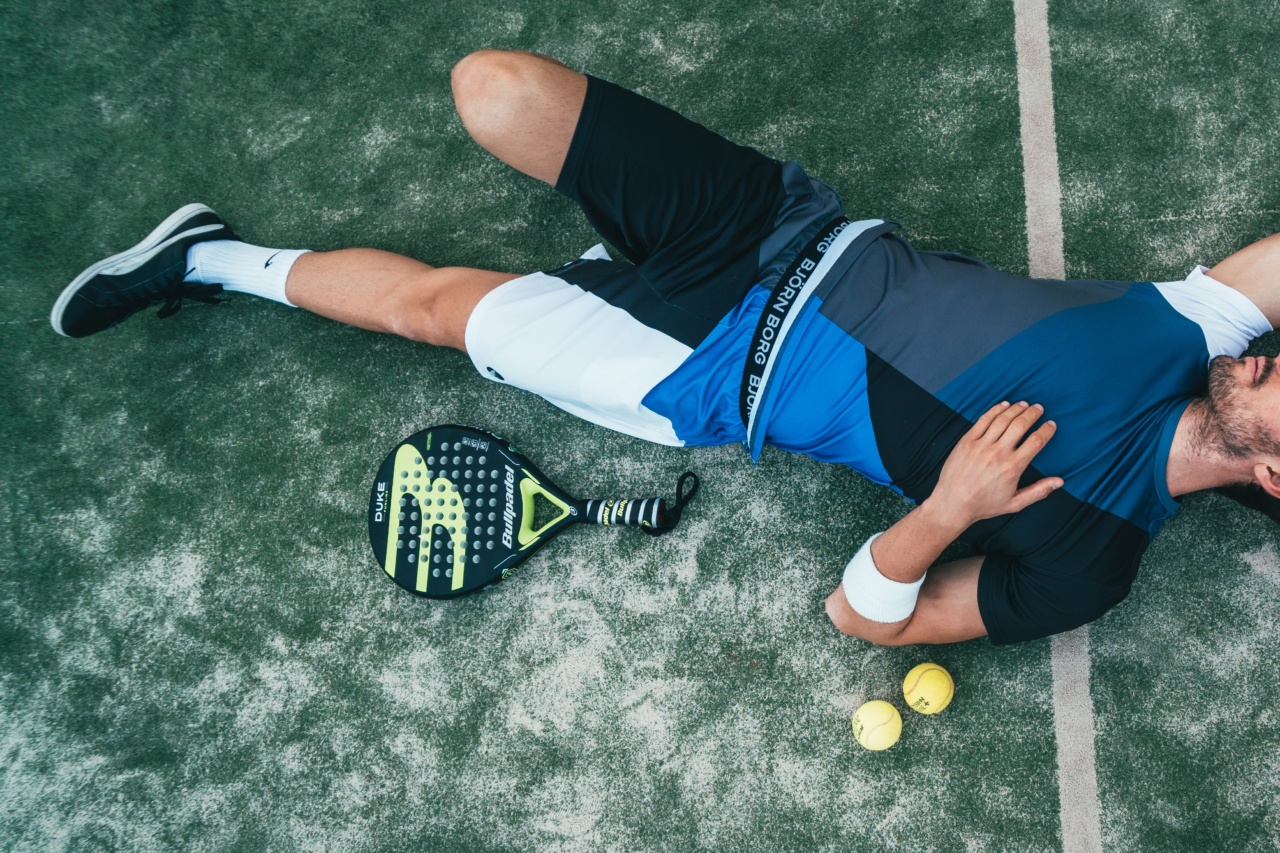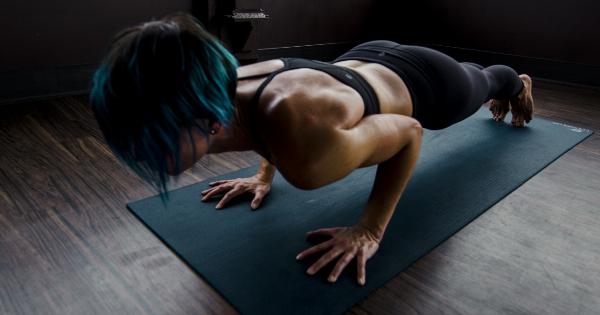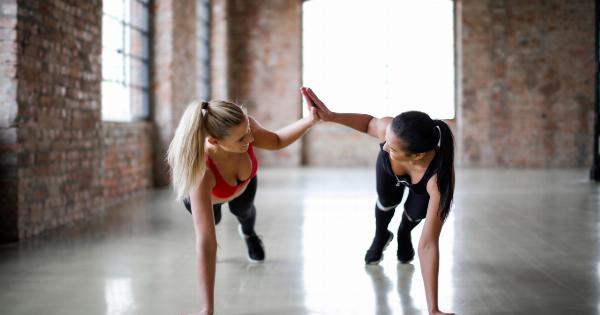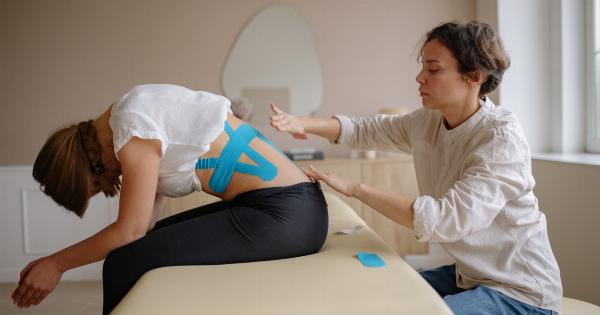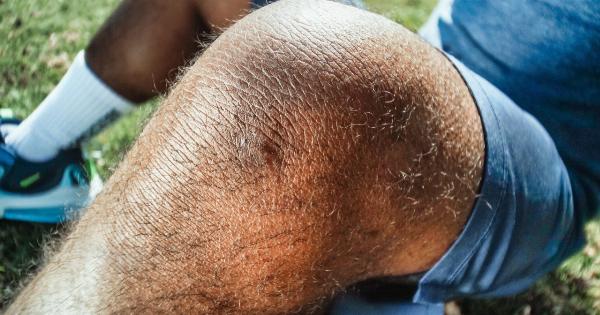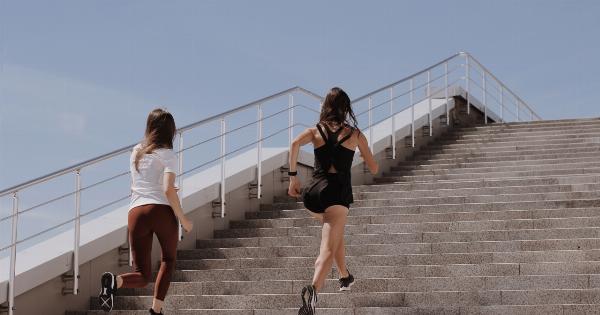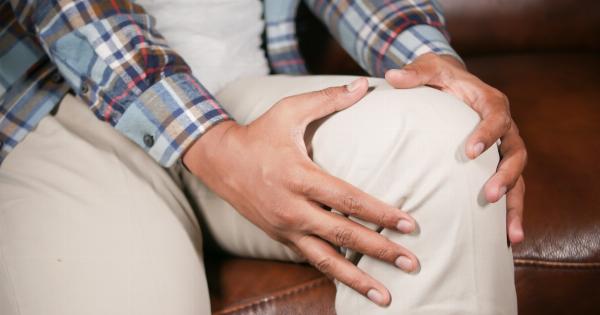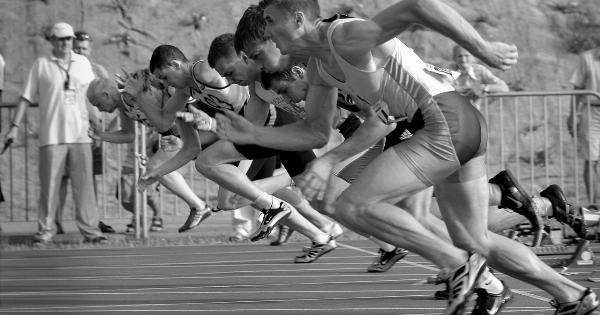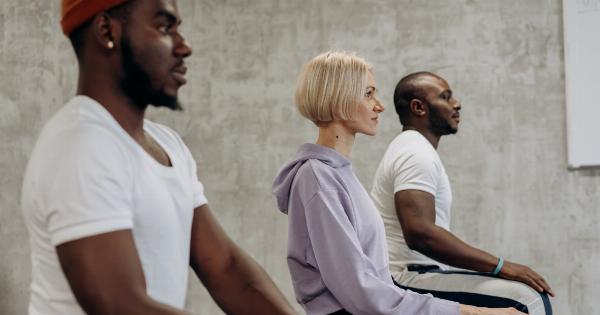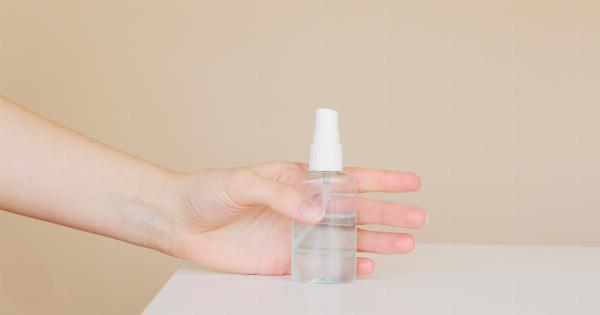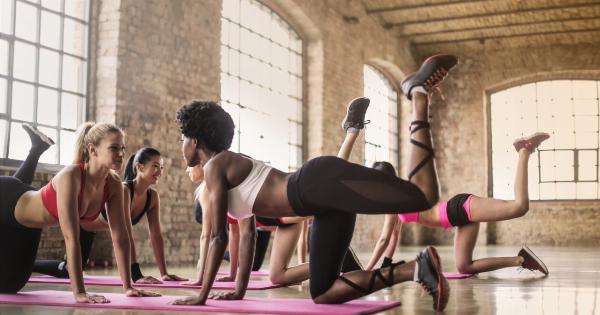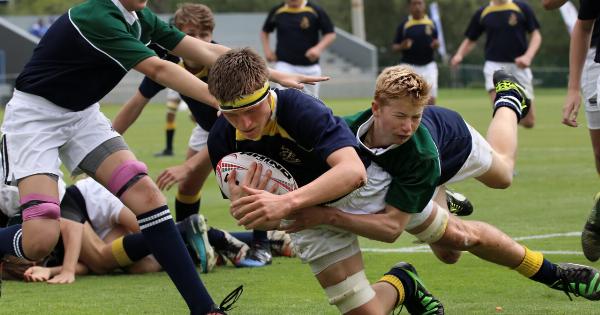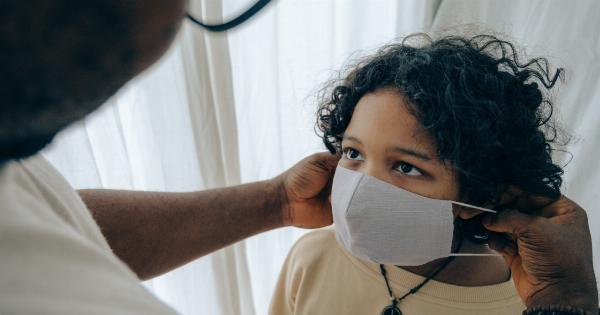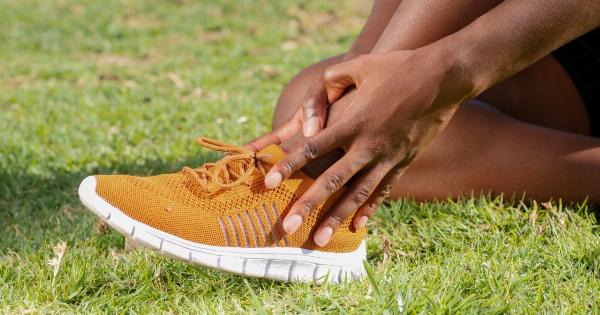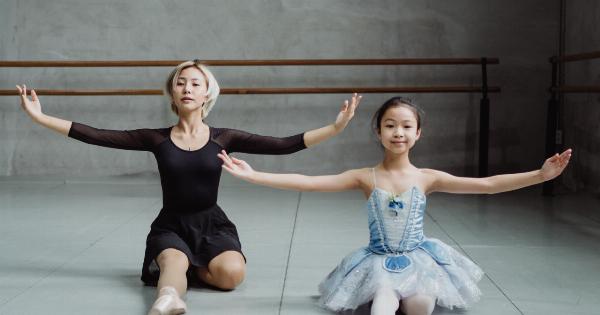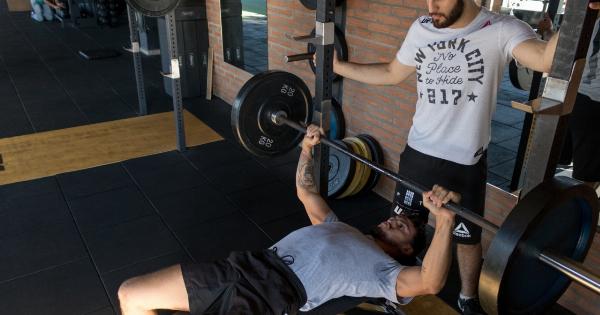Athletic injuries are a common occurrence amongst athletes of all skill levels, regardless of the sport they play. These injuries can range from minor cuts and bruises to more severe injuries like broken bones and concussions.
However, there are several ways to help prevent these injuries from occurring in the first place. In this article, we will explore some sport-specific tips and tricks to help keep you injury-free on the field or court.
Basketball
Basketball is a high-intensity sport that requires a lot of jumping, running, and quick changes of direction. To help prevent injuries while playing basketball, make sure to:.
- Wear proper footwear with good support and traction
- Warm up properly before games and practices
- Stretch your hamstrings, quads, and calves regularly
- Avoid overuse injuries by gradually increasing your intensity and duration of play
- Stay hydrated by drinking plenty of water before, during, and after games and practices
Football
Football is a contact sport that has a high risk of injury, especially to the head and neck. To help prevent injuries while playing football, make sure to:.
- Wear proper safety equipment, including helmets, shoulder pads, and mouth guards
- Practice proper tackling technique to avoid head and neck injuries
- Warm up properly before games and practices
- Stretch your hamstrings, quads, and calves regularly
- Stay hydrated by drinking plenty of water before, during, and after games and practices
- Take breaks when you feel fatigued or in pain
Soccer
Soccer is a high-energy sport that involves a lot of running, kicking, and quick changes of direction. To help prevent injuries while playing soccer, make sure to:.
- Wear proper footwear with good support and traction
- Warm up properly before games and practices
- Stretch your hamstrings, quads, and calves regularly
- Avoid overuse injuries by gradually increasing your intensity and duration of play
- Stay hydrated by drinking plenty of water before, during, and after games and practices
- Avoid dangerous tackles to reduce the risk of fractures and sprains
Baseball
Baseball is a sport that requires quick bursts of strength and agility, as well as repetitive throwing motions. To help prevent injuries while playing baseball, make sure to:.
- Wear proper equipment, including helmets and mitts
- Practice proper throwing technique to avoid shoulder and elbow injuries
- Warm up properly before games and practices
- Stretch your hamstrings, quads, and calves regularly
- Avoid overuse injuries by gradually increasing your intensity and duration of play
- Stay hydrated by drinking plenty of water before, during, and after games and practices
Volleyball
Volleyball is a low-impact sport that still requires a lot of jumping and quick movements. To help prevent injuries while playing volleyball, make sure to:.
- Wear proper footwear with good support and traction
- Warm up properly before games and practices
- Stretch your hamstrings, quads, and calves regularly
- Avoid overuse injuries by gradually increasing your intensity and duration of play
- Stay hydrated by drinking plenty of water before, during, and after games and practices
- Collaborate with your teammates to avoid collisions on the court
Tennis
Tennis is a sport that requires strong, agile movements and repetitive motions. To help prevent injuries while playing tennis, make sure to:.
- Wear proper footwear with good support and traction
- Warm up properly before games and practices
- Stretch your hamstrings, quads, and calves regularly
- Avoid overuse injuries by gradually increasing your intensity and duration of play
- Stay hydrated by drinking plenty of water before, during, and after games and practices
- Take breaks when you feel fatigued or in pain
Swimming
Swimming is a low-impact sport that can still result in injuries to the shoulders and knees. To help prevent injuries while swimming, make sure to:.
- Warm up properly before getting into the pool
- Stretch your shoulders, back, and legs regularly to avoid overuse injuries
- Wear proper swimwear to avoid chafing or rubbing on the skin
- Stay hydrated by drinking plenty of water before, during, and after swimming
- Use proper technique when swimming to reduce the risk of injury
Gymnastics
Gymnastics is a high-intensity sport that requires a lot of strength and flexibility. To help prevent injuries while doing gymnastics, make sure to:.
- Wear proper safety equipment, including helmets, wrist guards, and padded mats
- Practice proper technique to avoid sprains and fractures
- Warm up properly before training or competition
- Stretch your entire body regularly to maintain flexibility
- Avoid pushing yourself too hard and take breaks when you feel fatigued or in pain
Running
Running is a sport that requires a lot of endurance and strength. To help prevent injuries while running, make sure to:.
- Wear proper footwear with good support and cushioning
- Gradually increase your intensity and duration of running to avoid overuse injuries
- Stretch your hamstrings, quads, and calves regularly
- Cross-train to strengthen muscles and reduce the risk of injury
- Stay hydrated by drinking plenty of water before, during, and after running
Conclusion
Regardless of the sport you play, there are several things you can do to help prevent injuries. By following the sport-specific tips outlined in this article, you can help keep yourself injury-free and performing at your best.
Remember to always warm up properly, stretch regularly, wear proper safety equipment, and stay hydrated.
